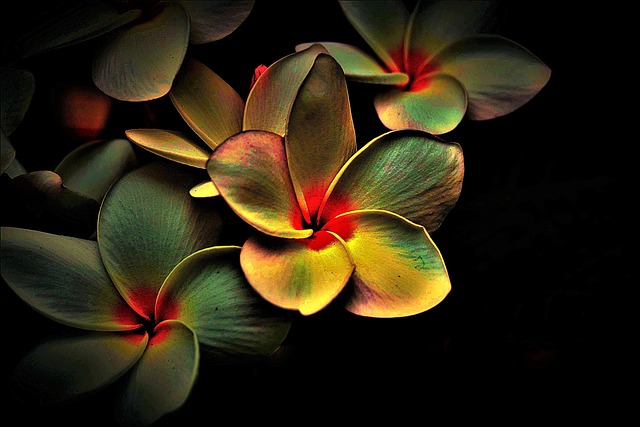The world around us is a tapestry of stories waiting to be captured, especially when viewed through the lens of a camera. When we talk about creating a picturesque effect in photography, we embark on a journey of discovery, exploring the intricate layers that exist in our environment. The art of layering not only enhances our photographs but also deepens the connection between the viewer and the scene before them.
Photography is not just about freezing a moment in time; it’s a powerful storytelling tool that can evoke emotions and spark imagination. When a photograph showcases various elements stacked upon one another, it invites the observer to delve deeper, encouraging them to explore the narrative hidden within the frame. Each layer can represent a different facet of life, emotions, or even a fleeting moment in time.
Imagine standing at the edge of a serene lake during sunset. The reflection of the vibrant sky dances on the water’s surface, while trees line the shore, their silhouettes forming a natural border. Here, you have layers: the foreground with the foliage, the middle with the water, and the background where the sky unfolds in a riot of colors. Capturing this picturesque effect requires an understanding of optics and how different elements interact within a frame.
Using a camera with a versatile lens can significantly impact the layering effect in your photographs. A wide-angle lens allows you to capture more of the scene, helping to pull in layers from greater distances. Alternatively, a telephoto lens can compress space and emphasize depth, showcasing the relationship between foreground and background in unique and compelling ways.
To achieve that dreamy picturesque effect, one must also consider the lighting. The golden hour, just after sunrise or before sunset, casts a soft glow that enriches the colors and adds an ethereal quality. Shadows create depth, and highlights draw attention to key elements within your layers. Playing with these factors can transform an ordinary photograph into something truly remarkable.
Post-processing also plays a crucial role in enhancing the layered feel in your images. Tools like Adobe Lightroom or Photoshop allow you to adjust contrast, clarity, and saturation, bringing out the distinct layers you want to emphasize. The end result is a photograph that not only captures the scenery but also elicits feelings and memories, transforming viewers into storytellers of their own.
Ultimately, exploring layers through the lens is a rewarding process that cultivates patience and artistic vision. As photographers, we have the unique opportunity to capture the picturesque effect and share it with the world, inviting others to see life’s beauty and complexity through our eyes. So grab your camera, venture outside, and begin your journey of capturing the layered narratives that surround us!



